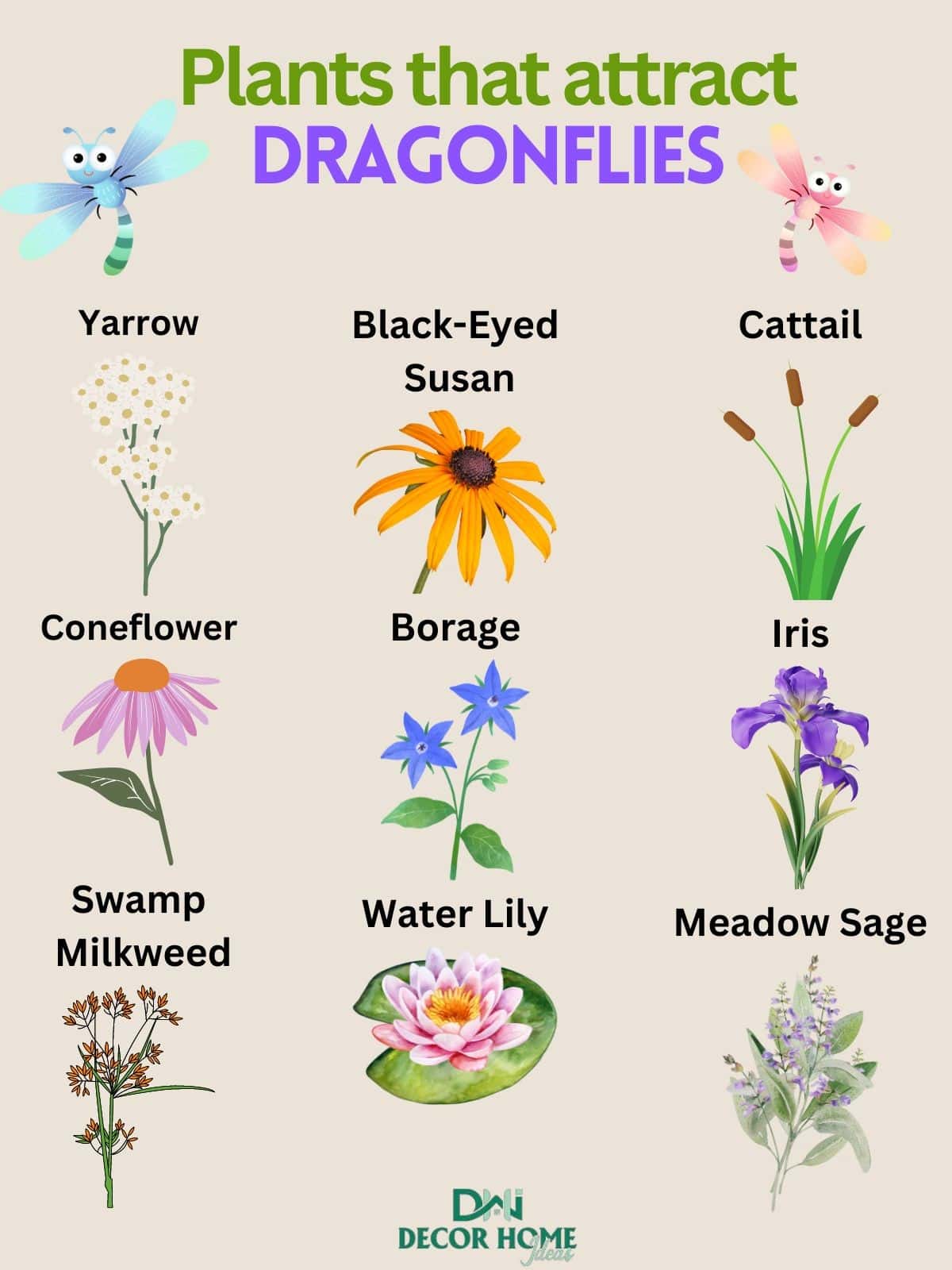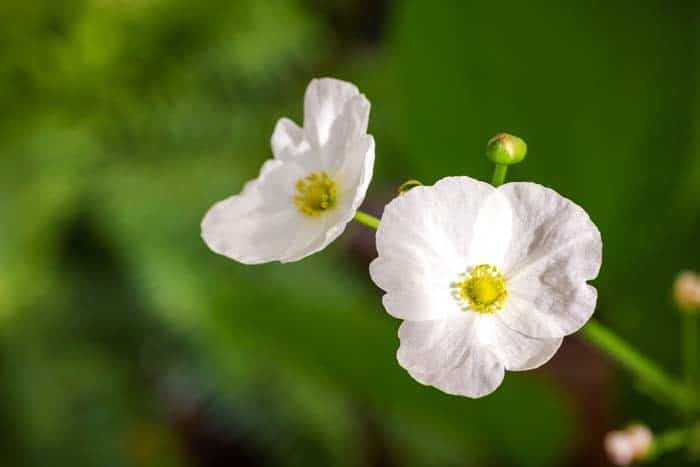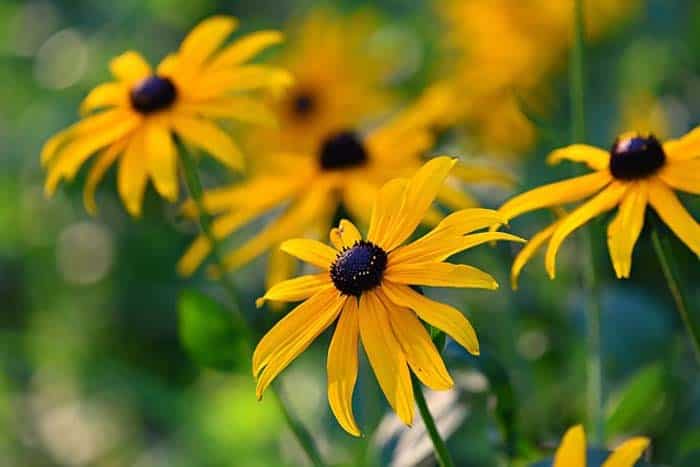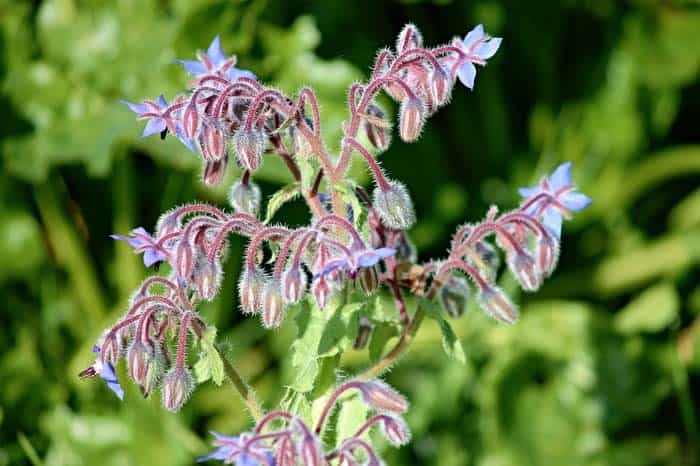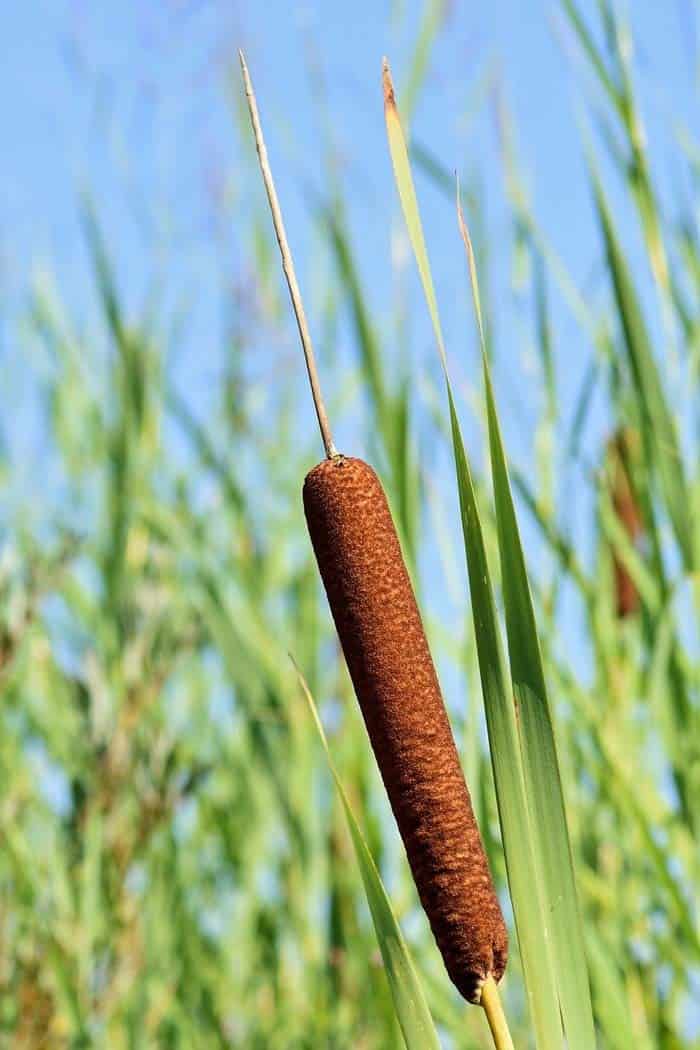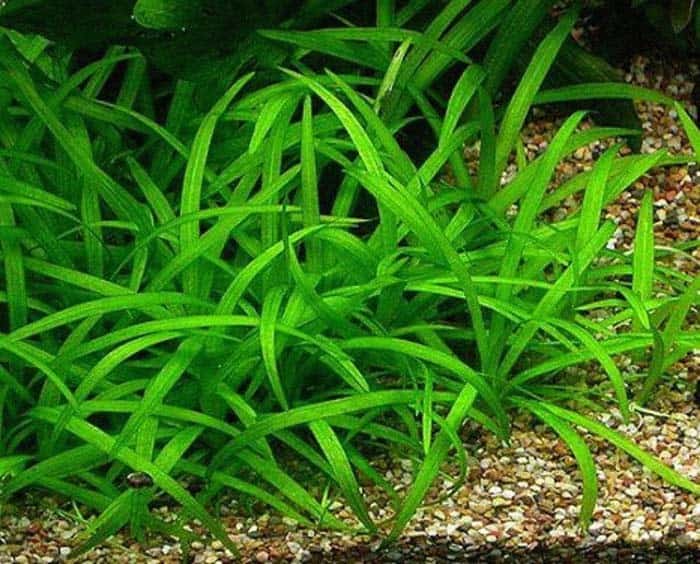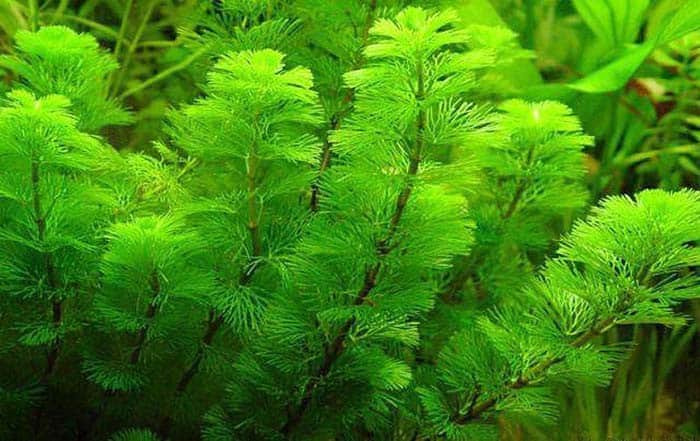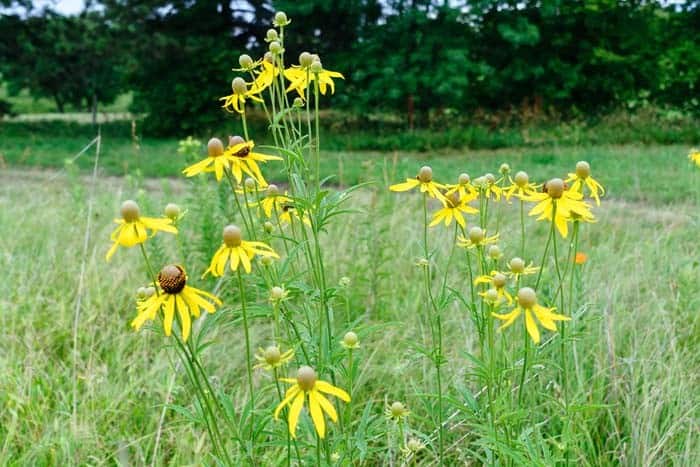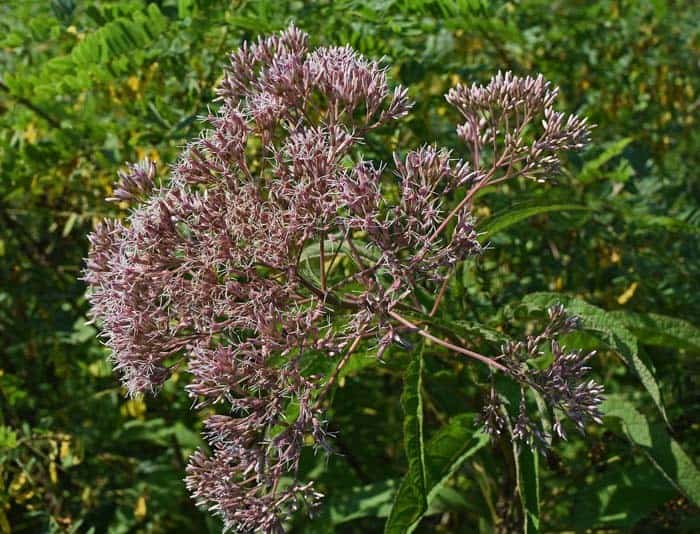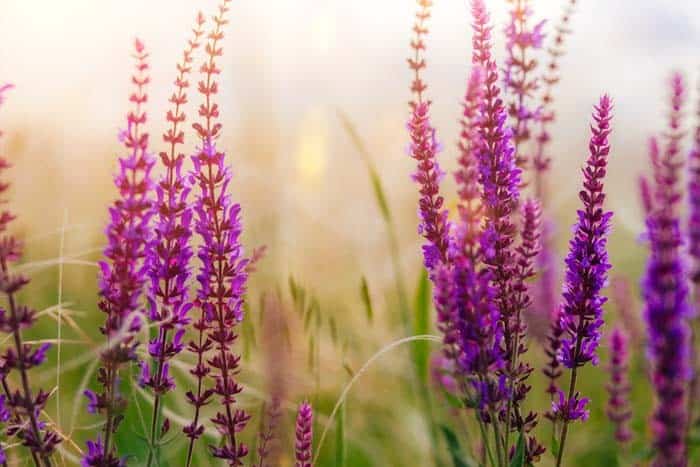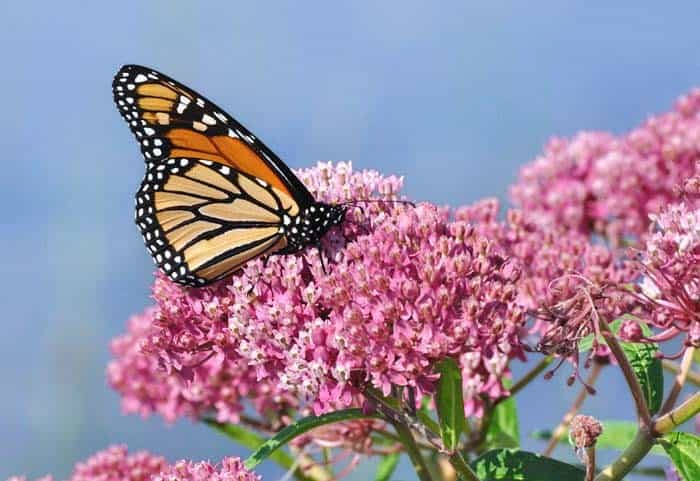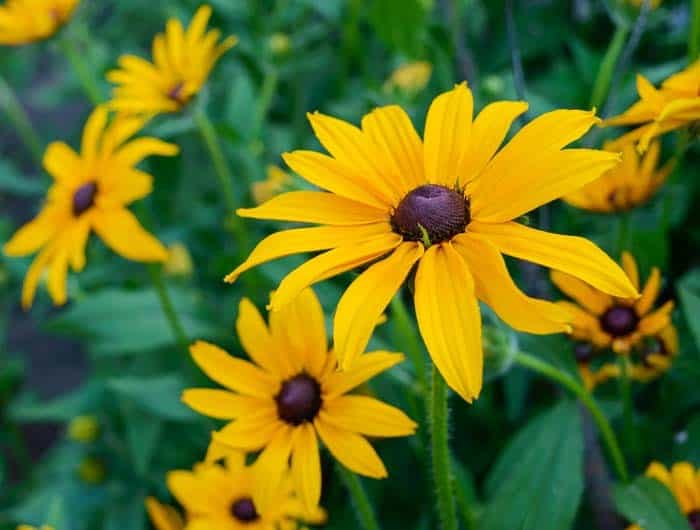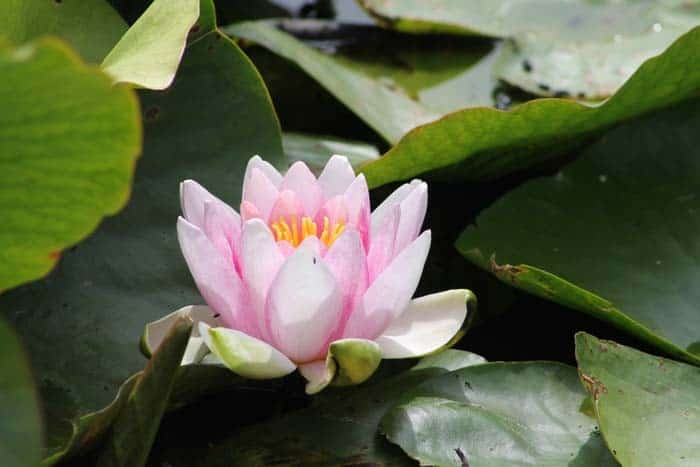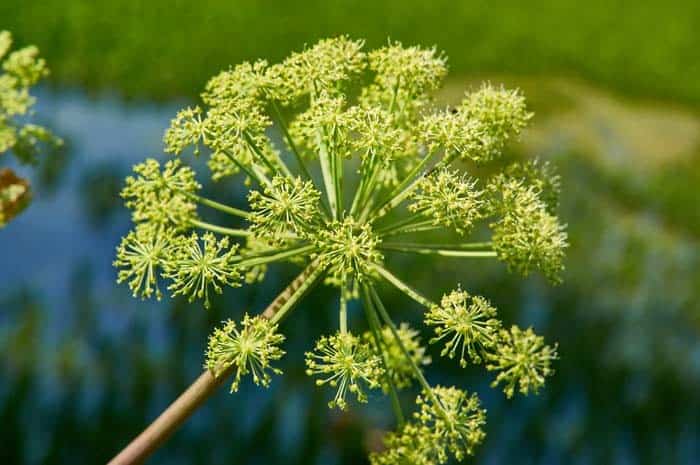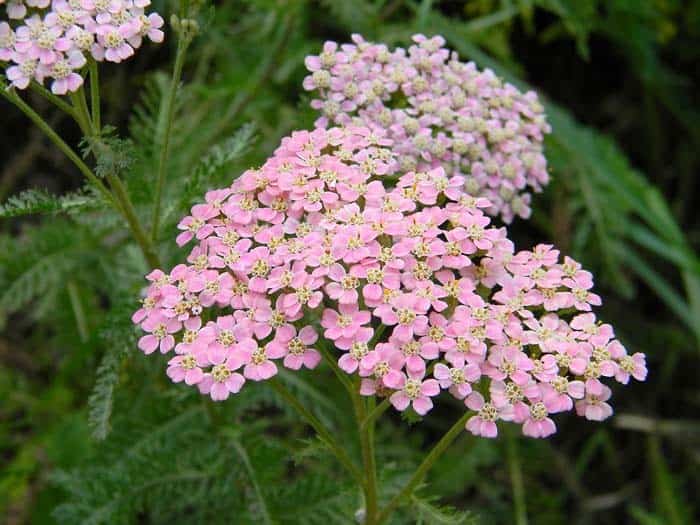As you plan your garden’s next season, consider adding some vibrant flora that will attract these stunning insects. Dragonflies are not only a delight to behold, but they also serve as natural pest controllers, feasting on mosquitoes and other unwanted visitors. By incorporating plants that draw them in, you can transform your outdoor space into a mosquito-free haven. For inspiration, explore our selection of 20 best mosquito repelling plants here: https://[link-to-your-article].
To create the perfect environment for dragonflies to thrive, consider installing a DIY dragonfly birdbath or purchasing one from an online retailer. A pond with suitable aquatic plants and surrounded by blooming flowers will provide the ideal habitat for dragonfly larvae to develop.
Plants That Attract Dragonflies
Arrowhead
The arrowhead (Sagittaria latifolia) is an aquatic plant that’s perfect for attracting dragonflies to your water feature. Its unique characteristic is that it grows roots underwater while its stems and leaves grow above the surface, providing ample space for these flying wonders to rest. As a bonus, the large, arrow-shaped leaves add a pop of color to your garden, and the delicate white flowers create a vibrant display every spring.
Not only that, but the arrowhead is hardy and adaptable, making it suitable for climates with cold winters as well as more temperate ones. Its ability to thrive in various conditions means you can enjoy its benefits regardless of where you live.
Black-Eyed Susan
The Rudbeckia hirta, commonly known as the black-eyed Susan, may be a familiar sight in many gardens. What’s less well-known is its unique appeal to dragonflies. The key to this attraction lies in the plant’s lush foliage and large, vibrant flowers. Dragonflies are drawn to these features, using the leaves as a safe haven for laying eggs and tending to their young. As the newly emerged insects grow and mature, your garden will come alive with an added layer of activity.
Notably, black-eyed Susans are incredibly resilient, thriving in areas with harsh winters. When selecting a spot for these flowers, look for an area that receives generous amounts of direct sunlight.
Borage
When it comes to cultivating hardy borage plants (Borago Officinalis), those living in dry or cold areas have a unique advantage. This resilient plant thrives in arid conditions, making it an ideal choice for attracting dragonflies in challenging climates. In fact, its adaptability allows it to flourish in zones 2-11.
As the borage matures, it produces striking bright-blue flowers with distinctive pointed petals.
But what truly sets this herb apart is its delicate, feathery coating that adorns its stems – a feature that dragonflies find particularly alluring.
Not only is this plant a valuable asset for attracting these aerial insects, but its leaves can also be used to add a subtle flavor to summer dishes, making it a versatile addition to any garden or kitchen.
Cattail
Typha latifolia is a remarkable plant that can play a significant role in maintaining the balance of your pond’s ecosystem. For those with larger ponds on their property, cattails are an excellent choice for deterring mosquitoes and attracting dragonflies. With their tall, lush foliage, these plants create a visually appealing border along the water’s edge, some varieties growing as high as 10 feet.
The towering leaves provide ample hiding spots for dragonflies, making them more likely to linger in your pond. Cattails are adaptable to various environments, thriving in humid, sunny areas and tolerating zones from 3 to 10.
Dwarf Sagittaria
The dwarf Sagittaria (Sagittaria subulata pusilla) is a petite, grass-like plant that reaches only 6 inches in height, making it an ideal choice for small water features such as ponds or manmade pools. This compact aquatic plant not only adds a pop of bright green foliage to your garden but also provides shelter for dragonflies, which are drawn to its curving blades.
As an added benefit, the dwarf Sagittaria is known to repel mosquitoes, making it a great option for those looking to keep these pests at bay.
Fanwort
The fanwort plant, scientifically known as Cabomba caroliniana, boasts an attractive combination of feathery green foliage and lovely flowers. Its unique features make it an excellent choice for attracting dragonflies to your yard. The insects are particularly drawn to the plant’s underwater foliage, where they lay their eggs on the leaf bottoms, creating a safe haven for young dragonflies to emerge.
While fanwort is aquatic in nature, its submerged stems give way to beautiful flowers that float just above the waterline of your pond. To fully appreciate this stunning plant, you’ll need a backyard pond or other body of water. What’s more, this aquatic beauty is mosquito-free, making it an ideal addition to any outdoor space.
Giant Coneflower
Rudbeckia maxima, also known as the giant coneflower, is an eye-catching perennial that earns its name from the striking cone-shaped center of each bloom. Reaching up to 6 inches in diameter, these showy flowers are sure to make a statement in your yard. To get the most out of this beauty, choose a spot with plenty of sunshine and it will quickly grow into its full glory.
One of the added perks is that dragonflies are attracted to the tall centers, providing natural mosquito control – a true benefit for any outdoor enthusiast!
Joe-Pye Weed
Eupatorium purpureum, also known as Joe-Pye weed or trumpet weed, is a striking flower that can be a fantastic way to entice dragonflies to your outdoor space. As the summer reaches its midpoint, these plants produce abundant clusters of light- purple blooms. One thing to keep in mind when planting them is the need for ample space – they can grow quite tall, up to 12 feet, so make sure you’ve got room to spare.
Provided that you choose a spot with decent drainage, this low-maintenance option is an excellent choice for attracting dragonflies.
Meadow Sage
Transform your outdoor space into a vibrant, wildflower-inspired haven by cultivating the majestic Salvia pratensis, also known as meadow sage. This stunning perennial boasts towering spikes of rich purple blooms that rise above its lush, emerald-green foliage each year, attracting dragonflies and other beneficial insects to the area.
The natural compounds within meadow sage also possess remarkable pest-repelling properties, making it an excellent choice for gardeners seeking to deter deer from consuming their fruits and vegetables. For optimal results, plant these flowers in a location that receives full sun exposure.
Swamp Milkweed
The Asclepias incarnate, also known as Swamp milkweed, is an ideal solution for filling large yards or gardens. With its impressive growth rate, each plant can spread out to approximately 3 feet in just one season. While the name may suggest otherwise, this plant produces stunning clusters of dainty flowers that add a pop of color to your outdoor space. Moreover, it attracts not only dragonflies but also butterflies, making it an excellent choice for creating a butterfly-friendly paradise.
Sweet Coneflower
If your USDA Hardiness Zone falls within 4-8, consider incorporating Rudbeckia subtomentosa into your spring planting routine. As the sweet coneflower blooms, it will attract an abundance of dragonflies to your garden. The vibrant yellow petals with dark centers create a striking visual effect that’s sure to catch the eye. For optimal placement and deer-deterrent benefits, border your garden beds with this sun-loving perennial.
Water Horsetail
The Equisetum fluviatile, also known as water horsetail, is a unique plant that plays a crucial role in attracting dragonflies. Its slender stalks can grow up to 3 feet tall in zones 4-11, resembling miniature bamboo plants. To invite these fascinating insects to your pond, simply plant the Equisetum fluviatile and let its green shoots emerge above the surface, providing a perfect spot for them to lay their eggs.
Water Lily
The Nymphaeaceae family, which includes the iconic water lily, boasts an array of exquisite aquatic flora. One of the most striking features of this beloved plant is its showy blooms, characterized by thick, layered petals resting upon substantial, rounded leaves. This alluring appearance has earned it a special place in many gardeners’ hearts.
Not only do water lilies captivate our senses with their vibrant colors and delicate textures, but they also play a crucial role in maintaining the ecological balance of aquatic ecosystems. Dragonflies, in particular, have a peculiar affinity for these plants, as they provide an ideal breeding ground for the insects. Once hatched, these dragonfly larvae go on to serve as natural mosquito repellents, keeping your yard free from unwanted pests.
While ponds are the traditional habitat of water lilies, it is also possible to cultivate them in a hybrid soil-water container system, allowing even those without access to large bodies of water to appreciate their beauty and benefits.
Wild Celery
When it comes to luring dragonflies into your garden, providing shelter is crucial. This is where Vallisneria Americana, also known as wild celery, plays a vital role. Its abundant production of long, slender leaves creates an ideal environment for dragonfly eggs and larvae to thrive. To make the process smoother, consider purchasing mature wild celery plants from a nursery and transplanting them into a water feature.
This hardy aquatic plant can withstand varying conditions, making it a great addition to your garden.
Yarrow
Add vibrancy and attract dragonflies to your outdoor space by incorporating Achillea millefolium, also known as yarrow, into your garden design. This adaptable plant can thrive in a variety of settings – either started from seed or transplanted with established roots. With full sun exposure, the stems will grow effortlessly, rewarding you each summer with an abundance of striking pink blooms.
For smaller yards, it’s essential to prune the foliage periodically to maintain a manageable size and prevent it from overwhelming your surrounding landscape.
